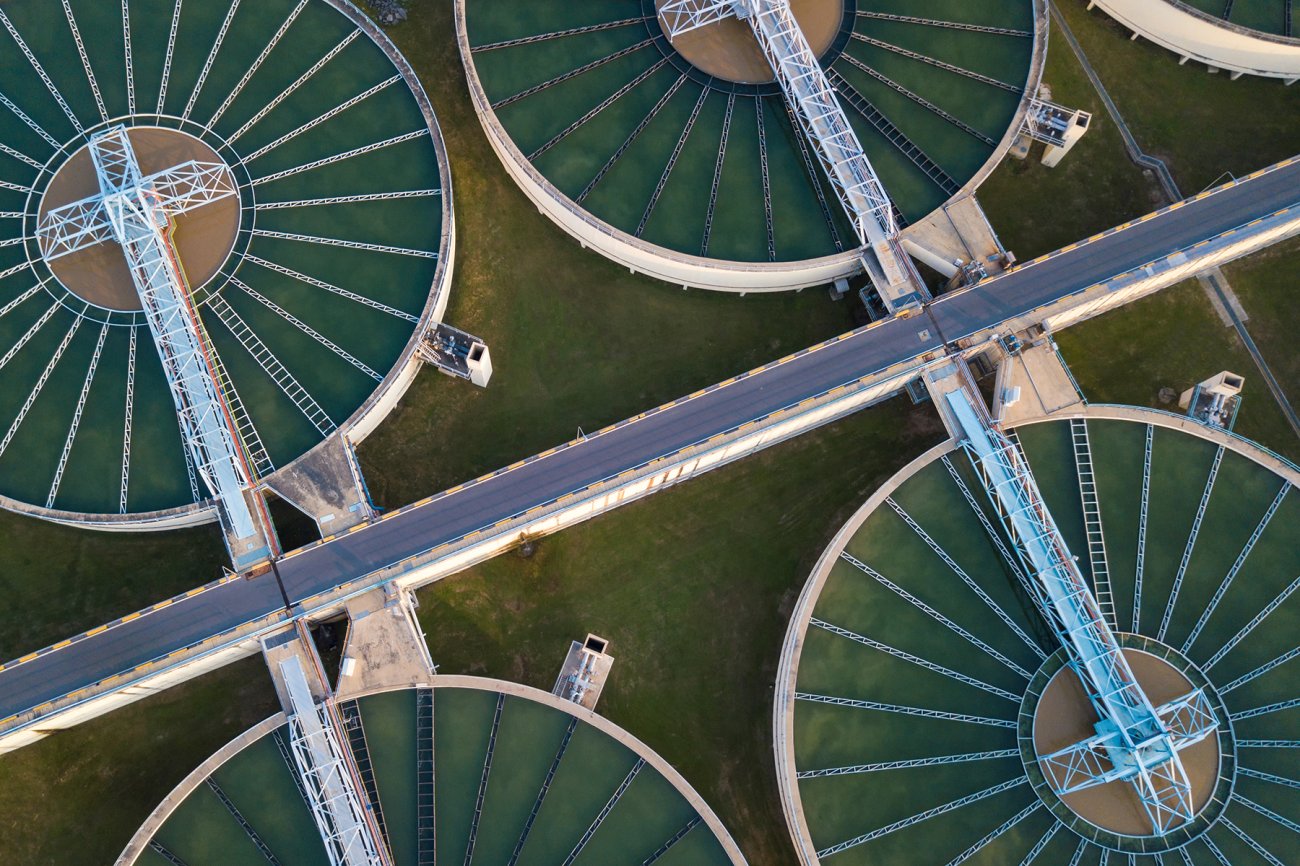Facts About Reclaim Waste Revealed
Facts About Reclaim Waste Revealed
Blog Article
Reclaim Waste Can Be Fun For Everyone
Table of ContentsThe 7-Second Trick For Reclaim WasteThe Main Principles Of Reclaim Waste The 10-Second Trick For Reclaim WasteNot known Details About Reclaim Waste The 2-Minute Rule for Reclaim Waste
Discover the kinds, incidents, and forms of liquid waste. Residential sewage waste describes the waste and items from a residential sewage-disposal tank. This kind of waste is created by human beings in homes, schools, and various other buildings. This only consists of sewage-disposal tanks that have a drainpipe field. The appropriate monitoring and disposal of domestic sewer waste need liquid waste to be moved to a sewer treatment plant where the proper techniques and tools are used to purify and deal with waste.
Commercial waste usually consists of potential risks, such as flammable materials or a combination of fluid and strong waste products, and needs an advanced and in-depth disposal procedure. The disposal of business waste normally includes the filtering of waste before transport to make certain safe and proper disposal. Industrial waste is produced from by-products and overflow of industrial processes and manufacturing.
This kind of waste can not use the exact same sewer management transportation or processes as septic or business liquids. The hazardous waste monitoring process needs the evaluation and testing of liquid waste before it undergoes the disposal process (industrial wastewater treatment). Drainage waste is the fluid waste that comes from overflow and excess stormwater in extremely populated areas or cities
Runoff waste can create contamination and flooding otherwise taken care of properly. Discover more about sewer cleansing and waste administration. Ensuring appropriate waste administration can protect against disasters and decrease ecological injury. Both individuals in property settings and professionals in industrial or production industries can take advantage of comprehending the processes and policies of liquid waste management.
4 Simple Techniques For Reclaim Waste
Call PROS Providers today to discover our waste monitoring and disposal services and the appropriate ways to take care of the fluid waste you create.
(https://medium.com/@leonaube33101/about)Do you know what happens to your water when you disengage, purge the toilet or drain pipes the washing equipment? No? Well, it's worth recognizing. This supposed 'wastewater' is not only a vital resource but, after therapy, will be released to our land, rivers or the sea. Used water from commodes, showers, bathrooms, kitchen area sinks, washings and industrial procedures is called wastewater.

water used to cool down machinery or clean plant and tools). Stormwater, a type of wastewater, is runoff that streams from farming and city areas such as roofings, parks, yards, roadways, paths and gutters into stormwater drains pipes, after rain. Stormwater moves without treatment directly to neighborhood creeks or rivers, at some point getting to the sea.
Some Known Questions About Reclaim Waste.
In Queensland, many wastewater is treated at sewer treatment plants. Wastewater is moved from domestic or industrial websites with a system of sewage systems and pump terminals, recognized as sewage reticulation, to a sewage treatment plant. City governments develop, maintain and run most sewage treatment plants. Operators are licensed under the Environmental Protection Act 1994 to discharge treated wastewater at an appropriate environmental standard right into waterways.
The Department of Natural Resources advises city governments about handling, operating and maintaining sewage systems and treatment plants. In unsewered areas, city governments might need owners to mount private or home sewer therapy systems to treat residential wastewater from toilets, kitchen areas, restrooms and washings. The Division of Natural Resources authorizes the use of household systems when they are confirmed to be reliable.
In some new neighborhoods, treatment of some stormwater to remove clutter, sand and gravel has started using gross toxin traps. Wastewater treatment takes place in four stages: Eliminates strong matter.
Wastewater after that flows into big containers where solids resolve and are gotten rid of as sludge. Grease and scum are skimmed from the surface area. Makes use of little living microorganisms recognizes as micro-organisms to break down and remove continuing to be liquified wastes and great bits. Micro-organisms and wastes are incorporated in the sludge. Removes nitrogen and phosphorus nutrients that can trigger algal flowers in our rivers and threaten water life.
Excitement About Reclaim Waste
Nutrient removal is not offered in any way sewer treatment plants because it needs costly specialist tools. It is coming to be more common in Queensland. Clear fluid effluent generated after therapy might still consist of disease-causing micro-organisms. If this effluent is launched into waterways such as rivers or the sea, the micro-organisms will eventually die out.

A lot of wastewater moves right into the sewage system. Under the Act, local governments carry out approvals and permits for eco relevant activities (ERAs) including wastewater releases that may have a neighborhood impact.
Fascination About Reclaim Waste
Or else, examples are considered laboratory evaluation. Often several tests are check over here required to develop the levels of each of the different toxins such as oils, heavy steels and chemicals in water. Tracking provides valid information about water top quality and can verify that licence problems are being met. The details acquired via tracking supplies the basis for making water high quality decisions.
Report this page